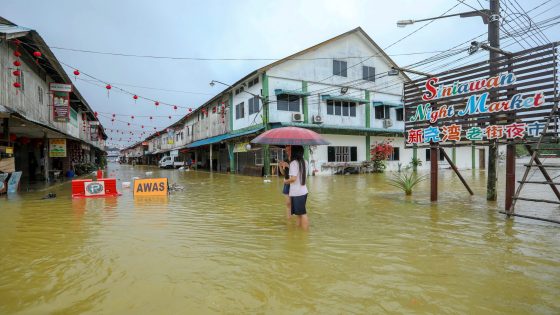On February 2, 2025, the number of flood victims in Sarawak and Sabah continues to decline, bringing hope to affected communities. As the situation improves, many are left wondering how quickly life can return to normal. With ongoing efforts, the resilience of these regions shines through.
- Flood victims in Sarawak and Sabah decreasing
- Sabah and Sarawak flood victims count down
- Only 675 flood victims in four shelters
- Severe flooding reported in Kota Marudu
- Two districts in Sabah still affected
Flood Situation in Sarawak and Sabah: What You Need to Know
How are the flood victims in Sarawak and Sabah coping with the ongoing recovery? As of now, the number of individuals affected by the floods has significantly decreased. This positive trend indicates effective relief efforts and community resilience.
Current Status of Flood Victims in Sabah and Sarawak
As the floodwaters recede, only 675 flood victims remain in four relief centers across Sabah. This marks a significant improvement from previous weeks, showcasing the hard work of local authorities and volunteers. However, some areas, like Kota Marudu, experienced severe flooding, raising concerns about long-term recovery.
Key Factors in the Recovery Process
The recovery from the floods involves several key elements that contribute to the overall improvement of the situation:
- Effective communication between local authorities and residents.
- Rapid response teams providing essential supplies and support.
- Community engagement in rebuilding efforts.
- Continued monitoring of affected areas to prevent future disasters.
Challenges Still Faced by Affected Communities
Despite the progress, challenges remain for those affected by the floods. Many residents are still dealing with the aftermath, including damaged homes and disrupted livelihoods. The recovery process requires ongoing support and resources to ensure that communities can rebuild effectively.
Looking Ahead: Future Preparedness for Floods
What can be done to prevent similar disasters in the future? Improving infrastructure and emergency response plans is crucial. Communities must also focus on education and awareness programs to better prepare for potential floods.
In conclusion, while the situation in Sarawak and Sabah is improving, continued efforts are essential. The resilience of the communities, combined with effective support, will pave the way for recovery and future preparedness.

































